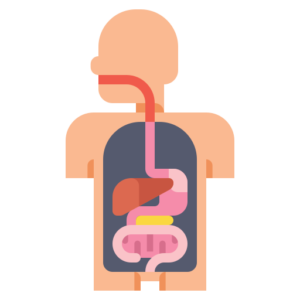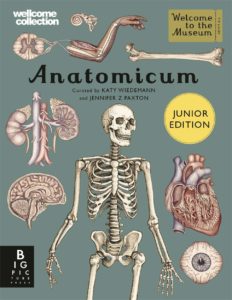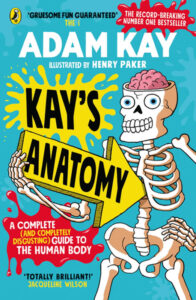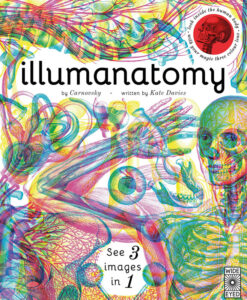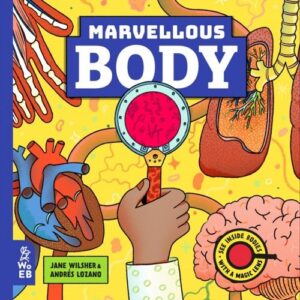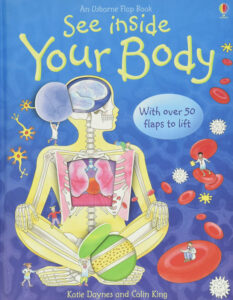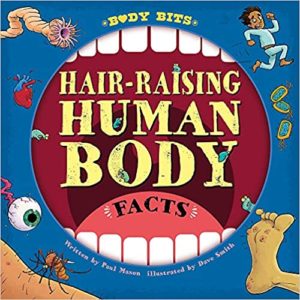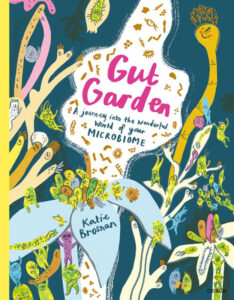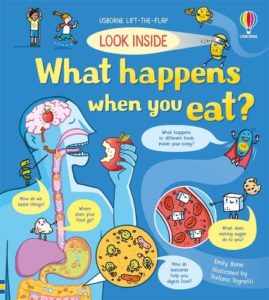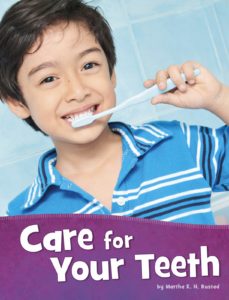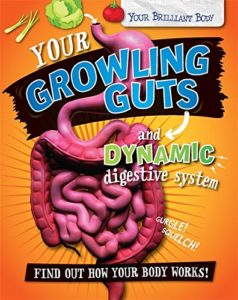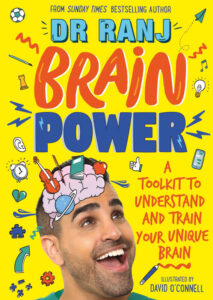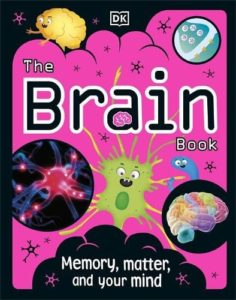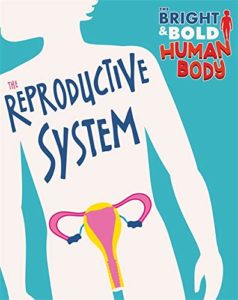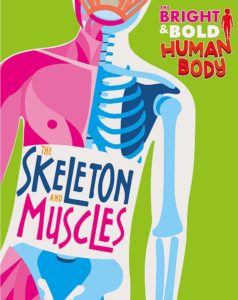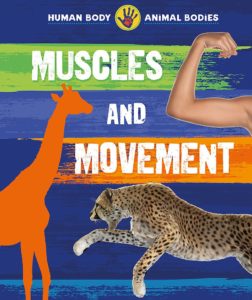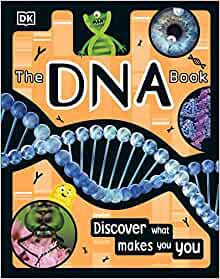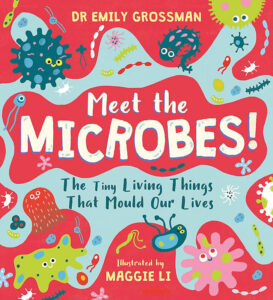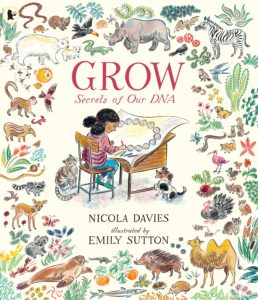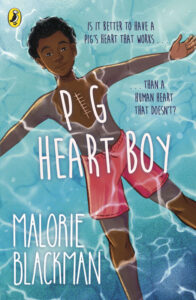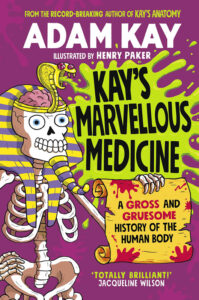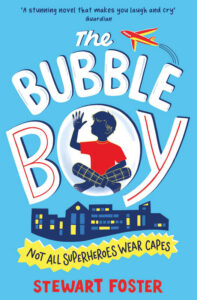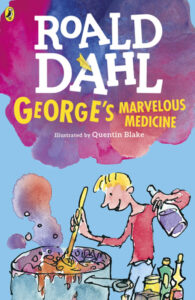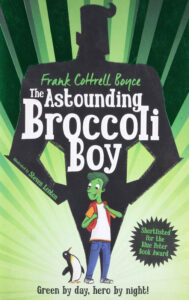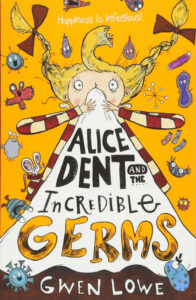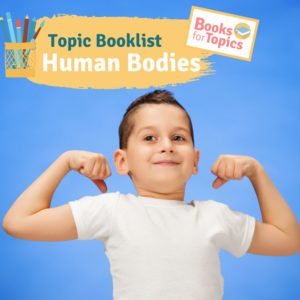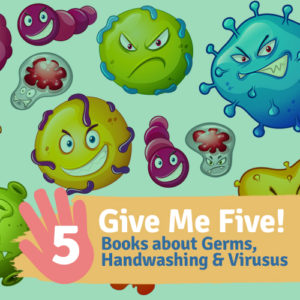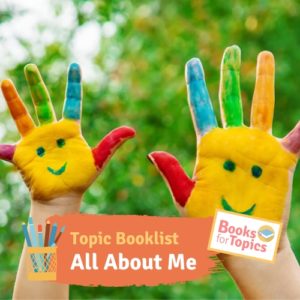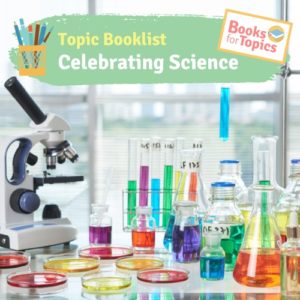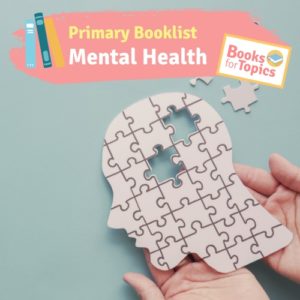Best Children’s Books about Healthy Human Bodies
Learning to look after our bodies is an important part of growing up. As we can’t easily see inside our own bodies, high-quality children’s books about human bodies can play a key part in developing biological understanding in children.
In KS2 science, children learn about the human body, covered through topics about basic anatomy, teeth and bones, digestion, human organs and systems, healthy lifestyles and human growth.
From comprehensive guides to the human body like Kay’s Anatomy and Marvellous Body, to entertaining stories that dive into the topic of human health like Alice Dent and the Incredible Germs or stories about medical ethics like Pig Heart Boy, this list of children’s human body books equips teachers and families to help children aged 7-11 learn all about the science of human biology.
The subject of human bodies often fascinates children. Therefore, we’ve put together a selection of the best children’s books about human bodies, health and growth that will help you to really get to the bones of the topic.
NB: This human body topic booklist is designed to cover Key Stage 2 (ages 7-11). Additionally, for human body books for younger children, try our Human Bodies KS1 Topic Booklist.







